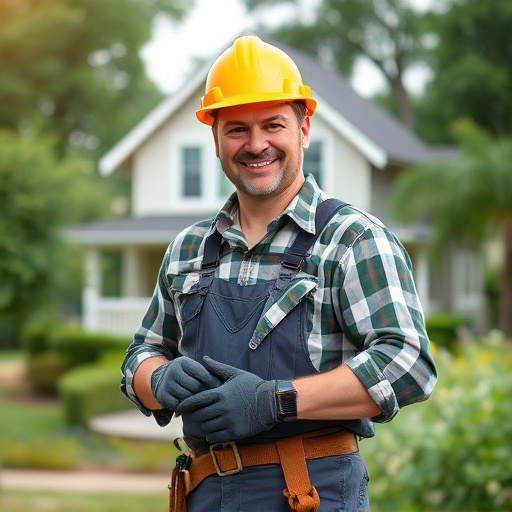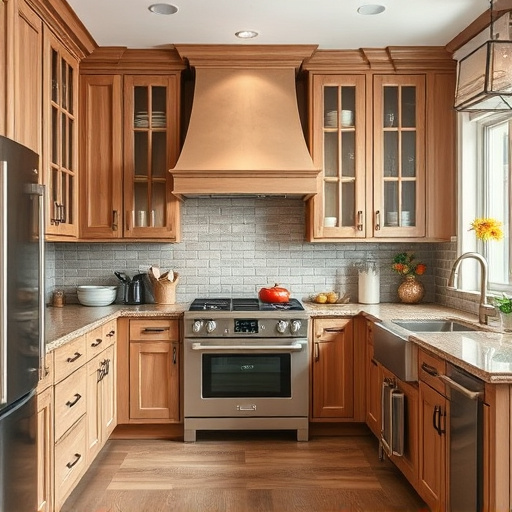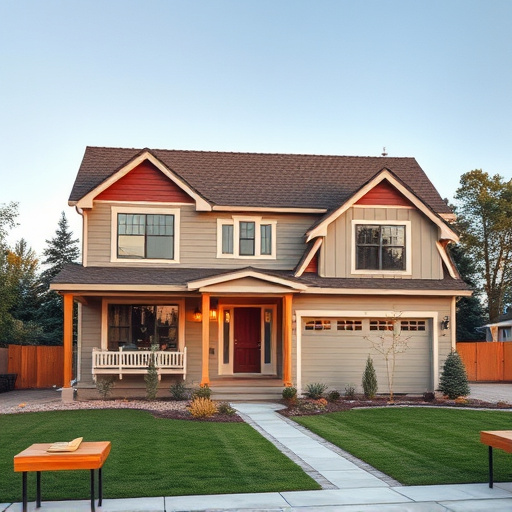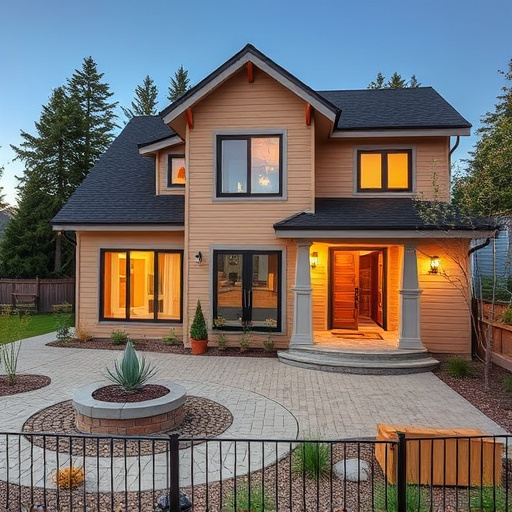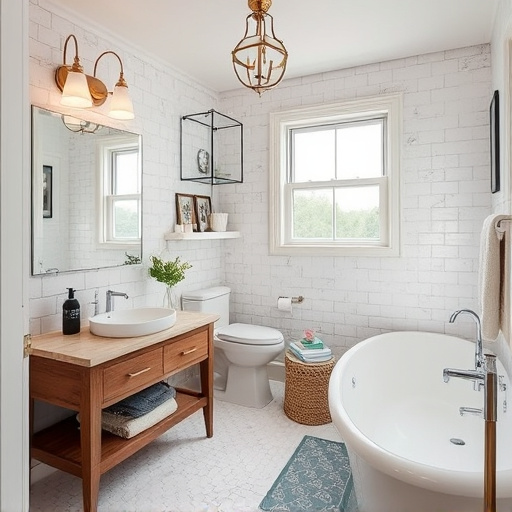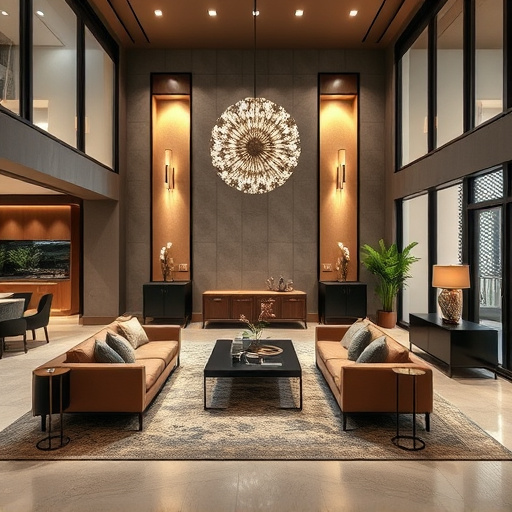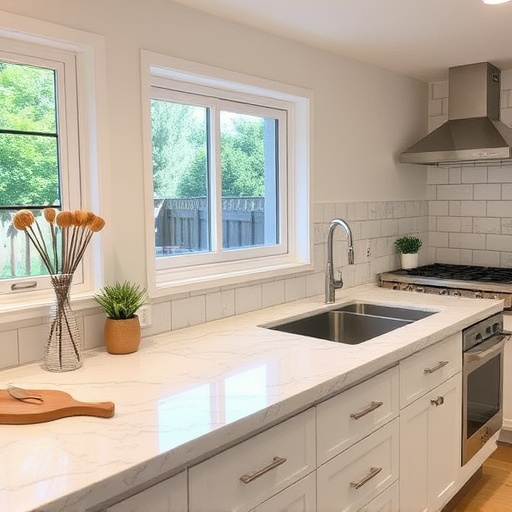Recent years have seen a shift towards eco-friendly interior design, driven by environmental consciousness. Interior designers specializing in sustainable living use natural materials, energy-efficient practices, and smart technology to minimize environmental impact and promote occupant health. They integrate advanced technology for sustainable construction, creating harmonious homes that reduce carbon footprints and enhance indoor air quality, from bathroom remodels to home renovations.
Discover the evolving world of interior design with a green twist! As awareness of environmental issues grows, sustainable living spaces are no longer a niche trend but a prominent feature in the interior design landscape. This article explores the rise of eco-friendly interior design, defining what makes a space truly sustainable, and the innovative tools and technologies that empowering interior designers to create beautiful, functional, and planet-friendly homes.
- The Rise of Eco-Friendly Interior Design
- Defining Sustainable Living Spaces
- Designer Tools and Innovations for Green Interiors
The Rise of Eco-Friendly Interior Design
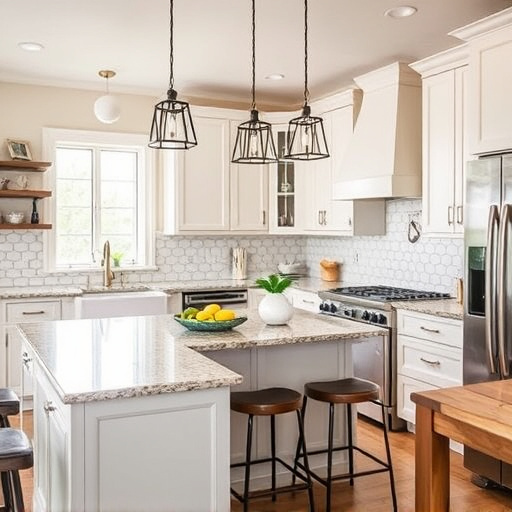
In recent years, there’s been a significant shift in the interior design landscape as consumers and professionals alike become more environmentally conscious. The rise of eco-friendly interior design reflects a broader global movement towards sustainability, with people seeking to create living spaces that are not only aesthetically pleasing but also kind to the planet. This trend is driven by a growing understanding of the impact of materials, resources, and practices on our environment.
Interior designers who specialize in sustainable living play a crucial role in this shift. They offer expertise in selecting eco-friendly materials for everything from floor replacements and exterior painting to customized work that transforms spaces while minimizing waste and energy consumption. By embracing natural elements, incorporating recycled or renewable materials, and prioritizing efficiency, these professionals are helping to create homes that harmonize with nature, promote health, and reduce the carbon footprint of their occupants.
Defining Sustainable Living Spaces
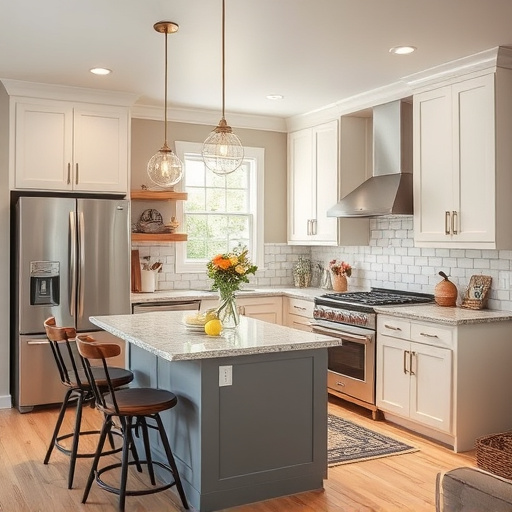
Sustainable living spaces are designed with an eye towards minimizing environmental impact and promoting a healthier lifestyle for their occupants. This involves incorporating eco-friendly materials, efficient energy systems, and water conservation features into the heart of homes. An interior designer specializing in sustainable living doesn’t merely create aesthetically pleasing spaces; they craft environments that are harmonious with nature, reducing carbon footprints and enhancing indoor air quality.
By focusing on natural lighting, strategic ventilation, and innovative storage solutions, these designers transform ordinary homes into oasis of wellness. Whether it’s a bathroom remodel centered around water-saving fixtures or a home renovation prioritizing the use of recycled materials, each project aims to elevate the standard of living while preserving our planet’s resources for future generations. This holistic approach to design ensures that both the interior and exterior of a residence work in tandem, contributing to a more sustainable and fulfilling existence.
Designer Tools and Innovations for Green Interiors
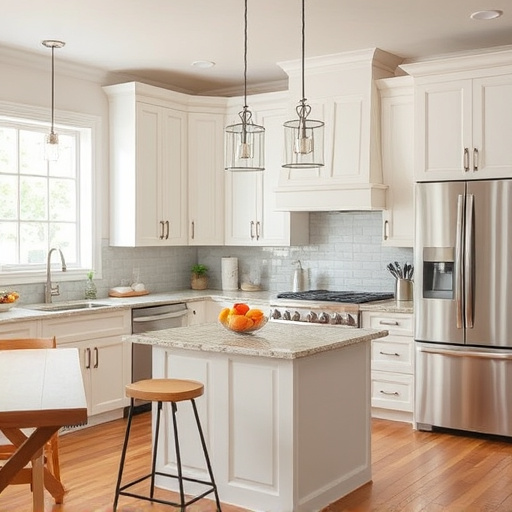
Interior designers specializing in sustainable living are equipped with innovative tools and technologies to create eco-friendly spaces. They leverage smart materials that are not only aesthetically pleasing but also have minimal environmental impact, such as bamboo, recycled plastics, and natural fibers. These designers also incorporate energy-efficient lighting systems, like LED bulbs, and smart home automation to reduce power consumption.
In the context of multiple room remodel or home renovation projects, these professionals use advanced technology for sustainable construction, including green insulation, water-saving fixtures, and air purification systems. They ensure that every aspect of a home transformation contributes positively to its environmental footprint, making it a healthier and more eco-conscious living space. Home transformations guided by these principles not only benefit the occupants but also contribute to a broader goal of preserving the planet.
As we’ve seen, the field of eco-friendly interior design is thriving, driven by a growing demand for sustainable living spaces. Interior designers specializing in this area are not only creating aesthetically pleasing environments but also contributing to a greener planet through innovative use of materials and energy-efficient practices. By embracing these trends, consumers can make informed choices that benefit both their homes and the environment. So, whether you’re looking to renovate or design from scratch, consider partnering with an interior designer who shares your commitment to sustainable living—it’s a win for both your lifestyle and the planet.








